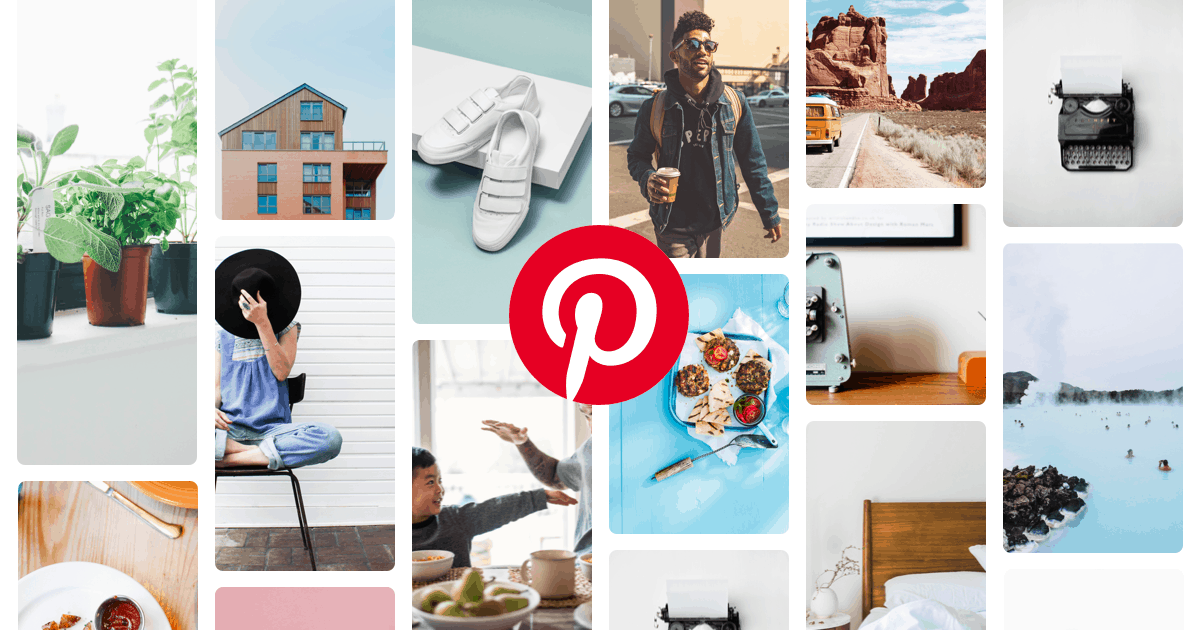Pinterest saw its global user base surge and its international advertising strategy take shape as the world grappled with a novel coronavirus outbreak last quarter, CEO Ben Silbermann told CNBC on Monday.
The app saw user growth especially in Western Europe, Latin America, Brazil and parts of Asia, and the company is focused on replicating its success in the U.S. overseas, he said in a “Mad Money” interview.
“International revenue only comprised about 9% of overall revenue last year this time,” Silbermann explained to Jim Cramer. “Now, it’s up to 15%, and so we’re starting to see this same formula that’s working really well for businesses here in the United States also work well for advertisers around the world.”
Pinterest on Friday reported bringing in $272 million in revenue in the second quarter, a period impaired by reductions in advertising spend as countries shut down to slow the spread of Covid-19. That figure is up 4% from a year ago.
Monthly active users worldwide reached 416 million, a 39% increase from the year-ago quarter, as more people turned to the internet while they spent more time at home. The company also expanded its advertising clients, with small and medium-sized businesses making up almost half of the advertising dollars.
Pinterest expects to continue riding the momentum, despite a pandemic-induced economic downturn that has buckled a range of industries. The tech company said last week that it projects July revenue alone could come in 50% higher year over year and that revenue in the current quarter could grow more than 30%.
“To me what that says is that that need to get inspiration, and to plan what you might want to do in your future, that’s something that’s pretty global and that sits alongside other needs people have to connect with their friends or to read their news,” Silbermann said of the growing interest in the platform. “But Pinterest can really serve that first one. So I think that tailwind will continue.”
Pinterest also received a revenue windfall from an advertising boycott on Facebook, which boasts about 8 million advertisers, last month that was led by civil rights groups looking to pressure the social media giant to do more to curtail hate speech and misinformation posted to the platform. A long list of well-known corporations such as Verizon, Starbucks and Ford joined in on the boycott and pledged to pull their ads at least for the month.
While the boycott may not significantly dent Facebook’s bottom line, the impact on a much smaller competitor such as Pinterest is tangible. When asked if the windfall from the boycott will be sustainable for Pinterest, Silbermann suggested that the moment would come and go but that the company is zeroed in on creating an inspirational platform.
“As for advertisers wanting a place that they can inspire people and that feels brand-safe, it’s hard to say how long that the current movement will last, but we think over the long term advertisers will always want a place where they can inspire their customers,” he said. “We’re laser-focused on providing just that.”
Pinterest shares rose about 5% in Monday’s session to close at a record of $36.08. The stock price is nearly double its value from the start of the year.

